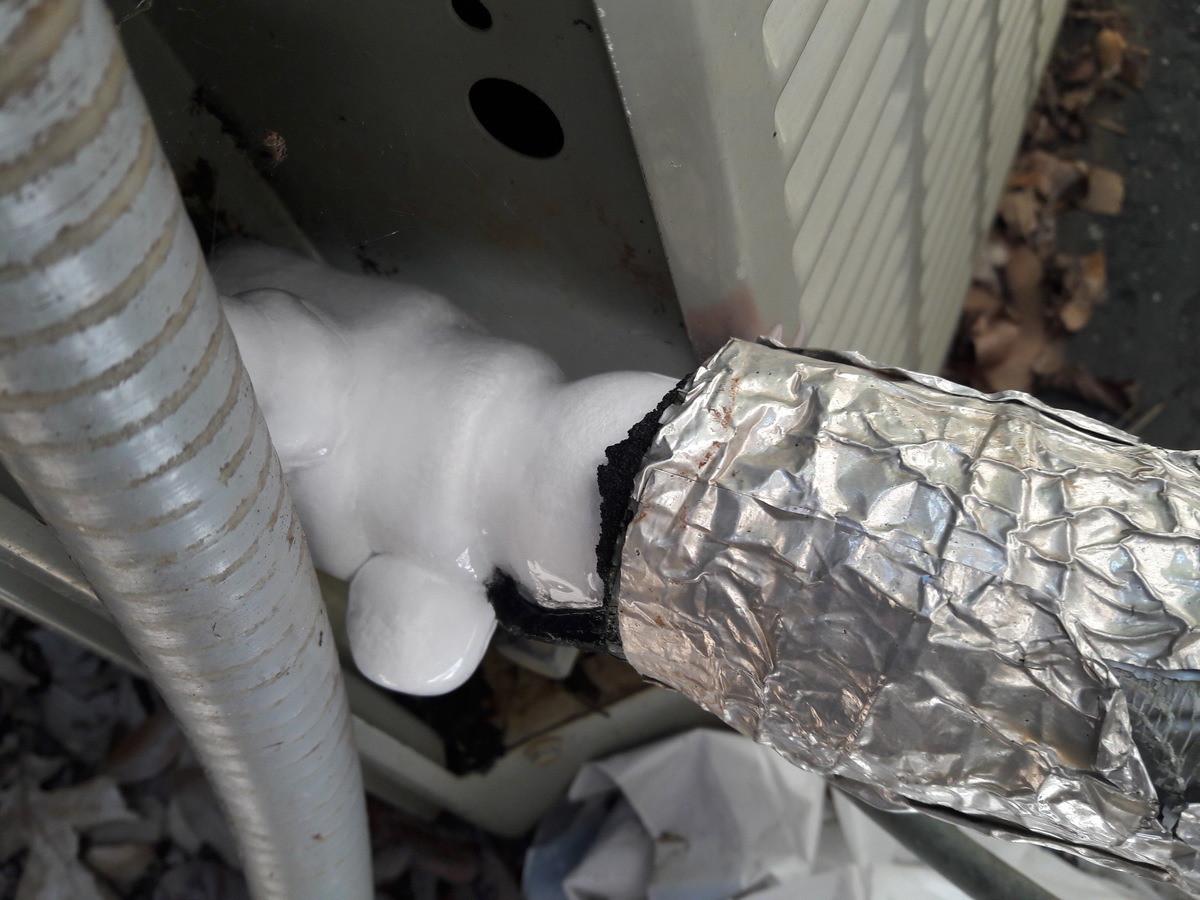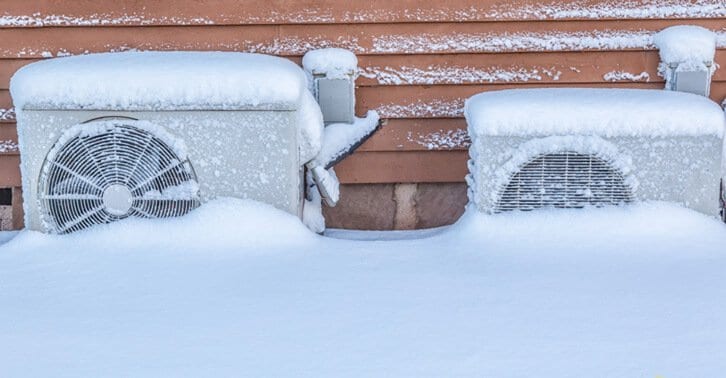Steps to Manage a Frozen AC Pipe: Specialist Guidance
Steps to Manage a Frozen AC Pipe: Specialist Guidance
Blog Article
Do you find yourself hunting for know-how What Do I Do If My AC Pipe Is Frozen?

Intro
Uncovering that your AC pipe is frozen can be concerning, particularly throughout warm summertime when you rely on your ac unit one of the most. Recognizing what to do in such a scenario is vital to stop more damages to your cooling system and ensure your convenience inside.
Understanding the Causes
Several variables can add to the freezing of an AC pipeline. Comprehending these causes can aid you address the concern efficiently.
Lack of Airflow
One typical reason for an icy air conditioning pipeline is inadequate air flow. When the airflow over the evaporator coil is limited, it can create the coil to go down below freezing temperature level, causing ice formation on the pipe.
Low Refrigerant Levels
Not enough cooling agent degrees in your air conditioning system can also lead to a frozen pipeline. Reduced refrigerant degrees can trigger the pressure in the system to go down, causing the cold of wetness on the evaporator coil.
Cold Weather Conditions
In colder environments, freezing temperatures outside can contribute to the freezing of AC pipes. If your air conditioning device is not correctly insulated or if there are leaks in the ductwork, cool air can infiltrate the system, causing the pipeline to ice up.
Dirty Air Filters
Unclean or clogged up air filters can limit air flow in your air conditioning system, resulting in various issues, consisting of a frozen pipe. It's essential to change or clean your air filterings system regularly to make sure proper air movement and stop ice buildup.
Indications of a Frozen AC Pipe
Identifying the signs of an icy AC pipe is vital for prompt activity.
Reduced Airflow
If you discover a substantial decrease in air flow from your vents, it can show a frozen pipe.
Ice Buildup on the Pipe
Visible ice build-up on the cooling agent line or the evaporator coil is a clear indication of a frozen air conditioning pipe.
Odd Sounds from the Unit
Uncommon audios, such as hissing or gurgling, coming from your a/c system can indicate that there's ice existing on the pipeline.
Immediate Actions to Take
When faced with a frozen air conditioning pipe, it's important to act promptly to stop further damages to your air conditioning system.
Switching off the air conditioner
The first step is to turn off your air conditioning system to avoid the system from running and exacerbating the issue.
Checking for Blockages
Inspect the location around the interior unit for any blockages that may be obstructing air flow, such as furnishings or curtains.
Defrosting the Pipe
You can utilize mild techniques like positioning towels soaked in cozy water around the icy pipe to assist thaw it gradually.
Preventive Measures
Taking safety nets can help avoid future occurrences of an icy air conditioner pipeline.
When DIY Methods Fail
If your efforts to thaw the pipe or address other issues are not successful, it's time to call in a specialist.
Importance of Hiring a Professional HVAC Technician
A certified HVAC professional has the expertise and devices required to diagnose and fix issues with your air conditioner system safely and properly.
Regular Maintenance Checks
Set up regular maintenance contact a specialist HVAC specialist to make sure that your air conditioner system is running successfully.
Transforming Air Filters
Routinely replace or cleanse your air filters to avoid air movement constraints and preserve ideal efficiency.
Protecting Exposed Pipes
If your air conditioning pipes are exposed to cold temperatures, consider insulating them to stop cold throughout winter season.
Seeking Professional Help
If DIY approaches fall short to fix the issue or if you're unsure about just how to continue, it's ideal to look for assistance from a qualified HVAC service technician.
Conclusion
Handling a frozen air conditioner pipeline can be an aggravating experience, yet understanding exactly how to react can assist decrease damage and recover comfort to your home. By comprehending the reasons, acknowledging the indicators, and taking prompt action, you can properly deal with the issue and stop future events.
What to Do If Your AC Line Is Frozen
Make Sure All Supply and Return Air Vents Are Open
If you notice problems with airflow, the first thing you should do is check your supply and return vents. Supply vents distribute clean, conditioned air throughout your home. As this air becomes stale, it’s pulled into the return vent, where it’s reconditioned before being sent back out through the supply vent.
When these vents are closed, air won’t flow in the home. Before examining your AC, check the vents in every room and ensure they’re all open.
Check for a Dirty Air Filter
Another possible cause of limited airflow is a dirty air filter. Your air conditioner’s filters catch elements you don’t want to breathe in, such as dirt and dust. Over time, filters can become clogged, ultimately blocking air from flowing in and out. The lack of airflow can then cause the entire coil to freeze and will completely restrict any air from moving through it. The AC may need to be powered off for one to two days to allow the coil to thaw after replacing the filter to allow proper functioning of the unit. This debris can also accumulate on your AC’s evaporator coil, requiring a more serious repair. In general, air filters should be cleaned regularly (about every two weeks).
Assess Your Outdoor Unit
In addition to checking your AC, assessing the outdoor unit is a good idea. Also known as the condensing unit, it works with your interior unit to release heat outside. An issue with the outdoor unit can result in rising internal temperatures.
Overgrown Shrubs or Clogged Leaves
From leaves and twigs to shrubs and debris, there’s no shortage of outdoor elements that can accumulate around your condensing unit. When these elements get lodged inside the unit, they can block airflow. Fortunately, removing the blockage can solve the problem.
Sounds of a Broken Fan
Shrubs and leaves aren’t the only things that can impede your outdoor unit’s airflow. If the fan is broken, the unit won’t be able to properly get rid of heat — which means the internal temperature won’t go down. First, make sure the fan is spinning. If it is, check for the following sounds of a broken fan:
Buzzing Rattling Screeching Hissing Clicking Preventative Measures
Nobody wants to deal with a frozen AC line. In addition to causing problems with your air conditioner, they require professional repairs. On the bright side, there are preventative measures you can take to help ensure this issue doesn’t arise in the first place.
https://www.coopergreenteam.com/blog/what-to-do-if-ac-line-frozen

We were made aware of that editorial about Air Conditioner Frozen? How To Fix your Frozen AC Line from someone on a different web property. Are you aware of somebody else who is in to the subject? Please feel free to share it. Thanks a lot for taking the time to read it.
Additional Information Report this page